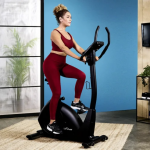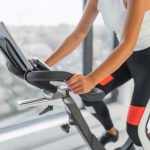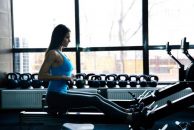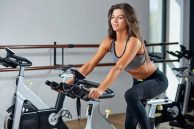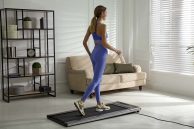The Ultimate Pedal Showdown: Fixed vs. Freewheeling Pedals in Indoor Cycling
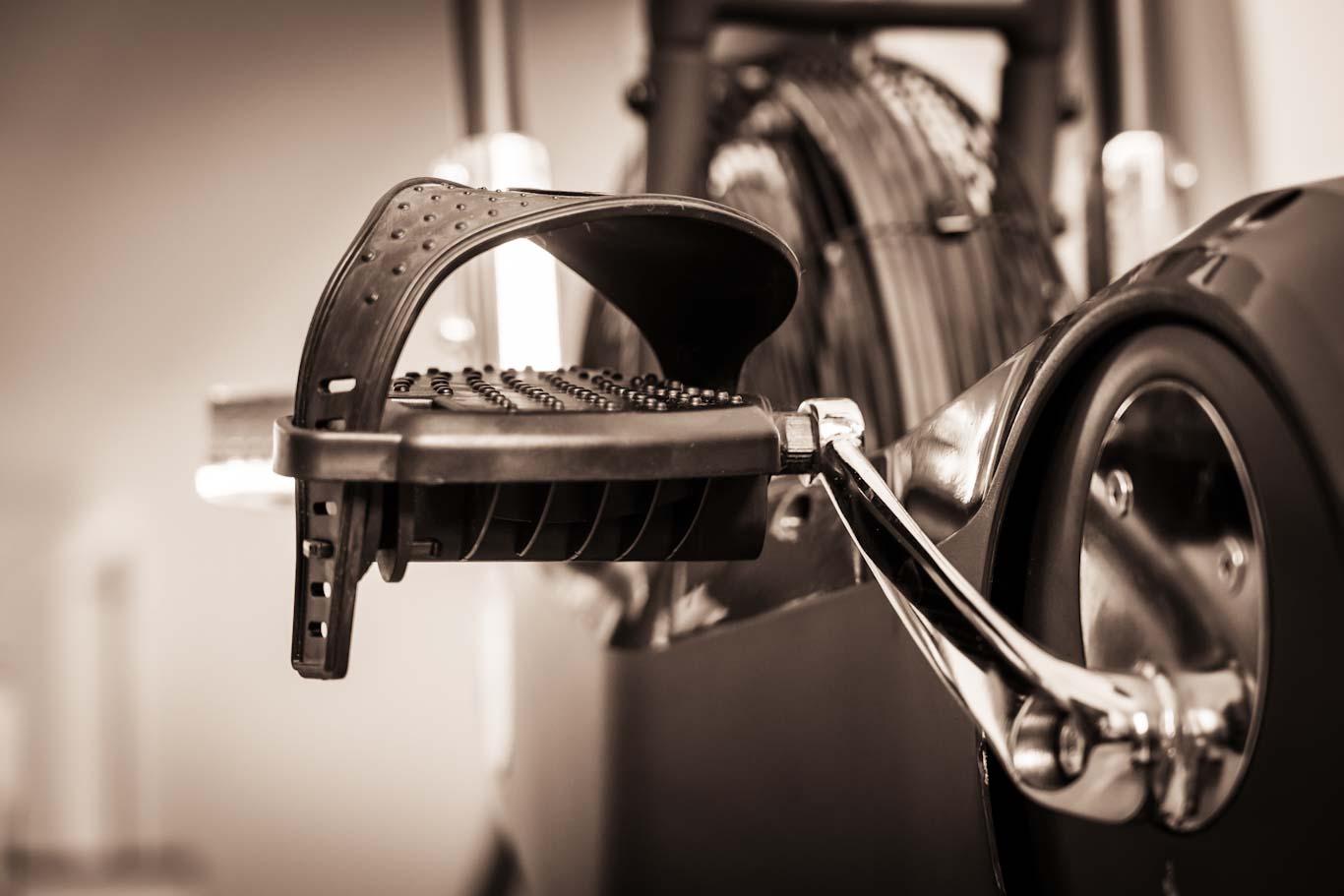
Welcome to the thrilling world of indoor cycling, where each pedal stroke propels you closer to your fitness goals. Today, we dive deep into the heart of your cycling experience—the pedals. The choice between fixed and freewheeling pedals is a pivotal decision that can make or break your workout routine. Join me as we explore the intricacies of both pedal types, weighing their pros and cons to help you make an informed choice and craft the perfect ride.
Fixed Pedals: Unyielding Stability
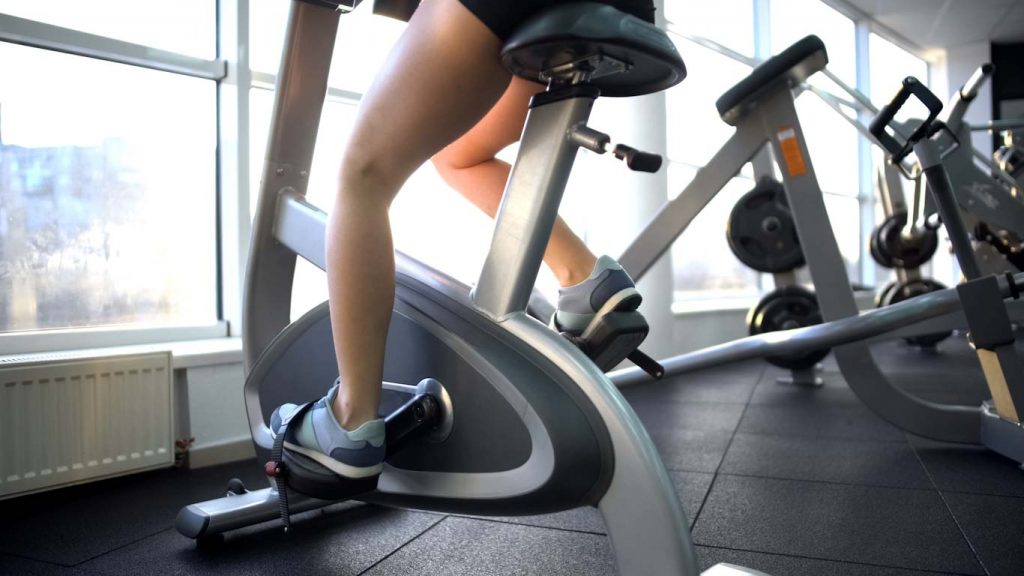
Fixed pedals, the stalwarts of stability, anchor you to a relentless rhythm, mirroring the disciplined cadence of an outdoor cyclist. The mechanism is simple—your feet remain firmly strapped, ensuring a direct and powerful transfer of energy to the pedals.
Pros:
- Enhanced Power Transfer: Picture this: each ounce of energy you exert transforms into forward motion with an efficiency that’s both invigorating and empowering.
- Mimics Outdoor Cycling: If the idea of conquering winding terrains and simulated uphill sprints appeals to you, fixed pedals replicate the outdoor cycling experience faithfully.
- Engages More Muscle Groups: Beyond the legs, fixed pedals recruit additional muscle groups, turning your ride into a symphony of full-body engagement.
Cons:
- Limited Variety in Workouts: The rigidity of fixed pedals may limit your workout variety, restricting the scope for diverse training routines that keep things interesting.
- Higher Risk of Strain for Beginners: For those new to the saddle, the unyielding nature of fixed pedals might pose a risk of strain and discomfort as your muscles adapt.
- Less Suitable for Recovery Rides: If your fitness regimen includes recovery rides, fixed pedals may not provide the flexibility your body craves during lighter sessions.
Freewheeling Pedals: The Freedom to Spin
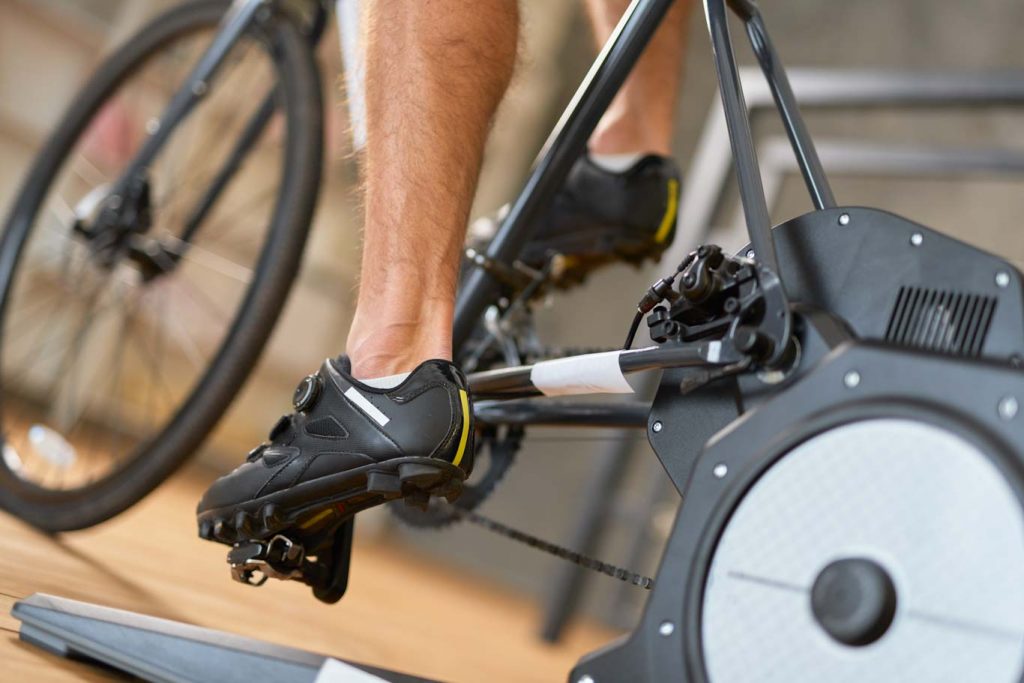
Enter freewheeling pedals—the liberators of your cycling experience. Unlike their fixed counterparts, they offer the freedom to spin without being bound to a relentless pace. Your feet move freely, allowing a more fluid and adaptable cycling experience.
Pros:
- Reduced Risk of Strain for Beginners: Perfect for those just entering the cycling scene, freewheeling pedals offer a forgiving approach, minimizing the risk of strain as you find your cycling legs.
- Versatility in Workout Styles: Embrace variety! Freewheeling pedals open the door to diverse training styles, from casual spins to high-intensity intervals, keeping your workouts dynamic.
- Ideal for Recovery and Active Rest: When it’s time to give your body a break, freewheeling pedals shine by providing a gentle, active rest option that aids recovery.
Cons:
- Reduced Power Transfer Efficiency: The freedom to spin comes at a cost—slightly reduced power transfer efficiency compared to fixed pedals, impacting the directness of energy transfer.
- Potential for Less Muscle Engagement: Some enthusiasts argue that freewheeling pedals might not engage certain muscle groups as effectively as their fixed counterparts, potentially limiting the overall muscle recruitment.
- May Not Replicate Outdoor Cycling as Closely: If your primary goal is to mimic the outdoor cycling experience, freewheeling pedals might fall short in replicating the authentic feel of conquering outdoor terrains.
Fitness Levels and Needs: Choosing the Right Pedal Type
Beginners:
For those strapping into the saddle for the first time, safety and comfort are paramount. Consider starting your cycling journey with freewheeling pedals, allowing your body to adapt gradually to the rhythm of indoor cycling.
Intermediate Users:
As you progress, it’s time to strike a balance. Blend the stability of fixed pedals with the versatility of freewheeling to keep your workouts dynamic and challenging. This stage is about finding the sweet spot that keeps you engaged and pushes your limits.
Advanced Cyclists:
Tailor your pedal choice to the specificity of your training. Mix it up—incorporate both fixed and freewheeling sessions to maximize gains and challenge your body in different ways. This approach caters to the nuanced needs of advanced cyclists aiming for peak performance.
Related guide: Upright Bike Workout Tips
Personal Preferences and Goals
Weight Loss and Cardio Focus:
Ideal Pedal Type: Freewheeling pedals.
Sample Workout Routines: High-intensity interval training (HIIT), varied resistance levels to keep your heart rate up and maximize calorie burn.
Muscle Building and Strength:
Optimal Pedal Type: Fixed pedals.
Sample Workout Routines: Hill climbs at high resistance, sustained high resistance rides to build lower body strength and muscle endurance.
Endurance and Stamina:
Recommended Pedal Type: A blend of fixed and freewheeling.
Sample Workout Routines: Long, steady-state rides for building endurance, interspersed with interval sprints to improve stamina and power.
Conclusion
In the vast landscape of indoor cycling, the pedal choice is your brushstroke. Whether you opt for the unyielding stability of fixed pedals or the liberating spin of freewheeling, remember—it’s about YOUR journey. Embrace the variety, experiment with different pedal types, and find the one that resonates with your fitness aspirations. The pedal dilemma isn’t a battle; it’s an exploration—unleash your ride, and let the journey transform you into the fittest version of yourself. Happy cycling!
FAQs
What’s the main difference between fixed pedals and freewheeling pedals?
Fixed pedals keep your feet securely strapped throughout the entire pedal rotation, mimicking the experience of outdoor cycling. Freewheeling pedals, on the other hand, allow your feet to move freely, offering a more flexible and adaptable cycling experience.
How does the choice between fixed and freewheeling pedals impact my workout?
The choice of pedals significantly influences your workout style. Fixed pedals provide stability and engage more muscle groups, making them suitable for intense, focused rides. Freewheeling pedals offer versatility, allowing for a range of training styles, from casual spins to high-intensity intervals.
Are fixed pedals better for building leg strength?
Yes, fixed pedals are excellent for building leg strength. The unyielding nature of fixed pedals requires consistent effort throughout the pedal stroke, targeting various leg muscles and promoting strength development.
Do freewheeling pedals offer a more comfortable experience for beginners?
Yes, freewheeling pedals are often considered more beginner-friendly. They reduce the risk of strain, allowing beginners to adapt gradually to the cycling rhythm without the constraints of a fixed pace.
Can I use freewheeling pedals for high-intensity workouts?
Absolutely. Freewheeling pedals are versatile and suitable for high-intensity workouts. You can incorporate varied resistance levels and interval training to challenge yourself and achieve a great cardiovascular workout.
Will fixed pedals help me mimic outdoor cycling more closely?
Yes, if mimicking the outdoor cycling experience is your goal, fixed pedals are a closer match. They replicate the continuous effort and stability required for outdoor riding, providing a similar feel to conquering outdoor terrains.
Are fixed pedals suitable for recovery rides?
Fixed pedals may not be the best choice for recovery rides. Their unyielding nature might not provide the flexibility and gentleness required for a restorative, low-intensity cycling session.
Can I switch between fixed and freewheeling pedals on the same indoor bike?
Yes, many indoor bikes allow you to switch between fixed and freewheeling pedals. Check your bike’s specifications and consider consulting with a professional if you plan to switch pedal types.
Are there specific shoes required for fixed or freewheeling pedals?
Both fixed and freewheeling pedals usually require cycling shoes. For fixed pedals, you’ll need shoes with cleats to secure your feet. Freewheeling pedals may have a standard pedal platform that accommodates regular athletic shoes.
How do I decide which pedal type is right for me as a beginner?
Consider starting with freewheeling pedals as a beginner. They offer a more forgiving and adaptable experience, allowing you to ease into indoor cycling without the constraints of a fixed rhythm.
Can I use fixed pedals if I have joint issues or concerns?
If you have joint issues or concerns, it’s essential to consult with a healthcare professional before using fixed pedals. The unyielding nature of fixed pedals may impact joints, and a professional can provide personalized advice based on your health status.
Do I need special maintenance for fixed or freewheeling pedals?
Both pedal types require regular maintenance. Ensure that the pedals are clean, well-lubricated, and securely attached to the bike. If you’re using cleats, check for wear and tear regularly.
How do I adjust the resistance on fixed and freewheeling pedals?
The resistance adjustment process may vary between different indoor bikes. Typically, there is a resistance knob or setting on the bike that you can turn to increase or decrease resistance, regardless of the pedal type.
Can I use either pedal type for weight loss?
Yes, both fixed and freewheeling pedals can contribute to weight loss. The key is to maintain a consistent and challenging workout routine that aligns with your weight loss goals, incorporating a mix of high-intensity and steady-state rides.
Are there any safety considerations when using fixed or freewheeling pedals?
Safety is crucial. Ensure that your pedals are securely attached to the bike, and if you’re using cleats, make sure they are properly fastened. Start with a lower resistance if you’re new to cycling and gradually increase as your strength and stamina improve.
Recommended reading:
- Exercise Bike Types and Their Benefits
- Understanding Indoor Bike Settings
- Benefits of stationary bike

